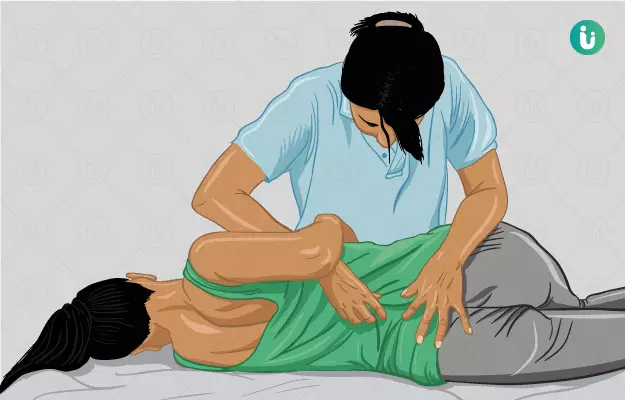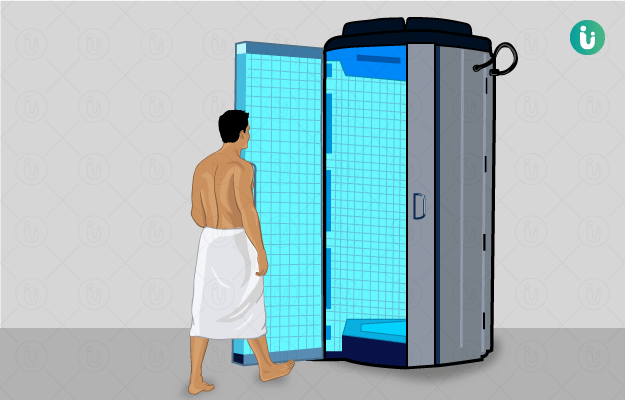Also known as physical therapy or PT, physiotherapy is a kind of therapy that helps in the treatment of injuries, and recovering from surgery, illness, physical conditions (including some types of disability) and chronic problems.
Physiotherapy uses exercises, movement and manual therapy to either restore function or strengthen and enhance movement in the body. Physiotherapy may be used with or without medicines or drugs.
Despite the fact that it has a proven track record for helping people who are suffering from prolonged pain, injuries or ailments that limit one's ability to move freely, physiotherapy is not used as widely as it should be in India.
Indeed, physiotherapy may be used by athletes at the top of their game as well as people recovering from heart bypass surgery and almost anybody in-between for long-term relief from musculoskeletal problems, pain and limitations to movement as per their abililty.
Modern lifestyle involves people using poor posture for prolonged periods of time, hunched over screens or books, sitting awkwardly for hours in front of the television or at the desk, which leads to long-term pain and difficulties.
Methods used in physiotherapy can help not only identify the mistakes you may have been making for a long time, but they can also reduce pain and discomfort by improving the mobility in the body.
You may have seen patients in hospital after undergoing long treatments being advised to visit a physiotherapist. This is also one of the aspects of the rehabilitation before or after surgeries, or to help you regain your strength after treatment of a prolonged illness.





























